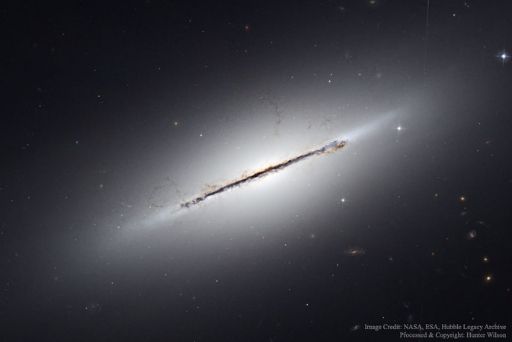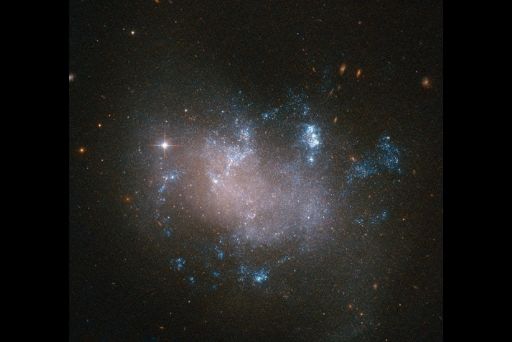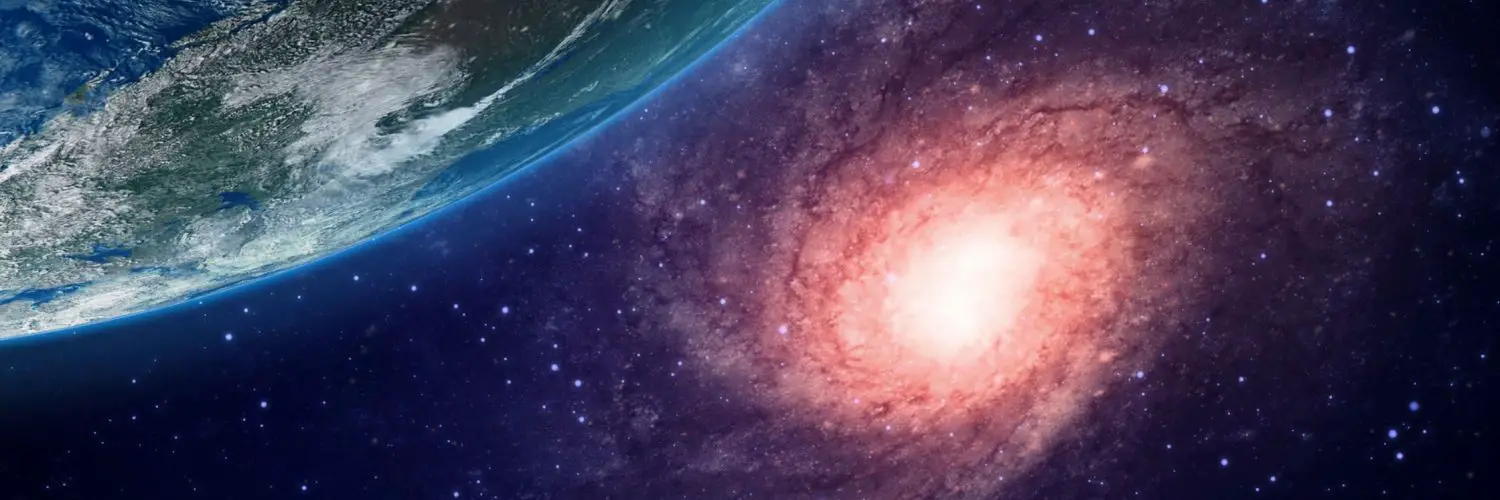Galaxies are the vast collection of stars that inhabit our universe. They are all over the place. Some are similar to the Milky Way, while others are totally different. But how many galaxies are there? It is one of the questions that many of us ask, given that we have understood there is more to the universe than our very own Milky Way.
As astronomers have studied and probed our universe over the past few decades, they have discovered several things. One thing they discovered is impossible to ignore – our universe is incredibly large. Larger than you can imagine! If you look at the galaxy using a telescope, the photons striking your eye are travelling at the speed of 186,000 miles per second. In short, our universe extends to tens of billions of light years in all directions. It is natural to feel small before the grand abyss.
What is a Galaxy?
A galaxy is a sprawling system of gas, dark matter, and nearly a million to trillion stars held together by gravity. According to astronomers, all large galaxies contain supermassive black holes at their centers. Our sun is just one of about 400 billion stars spinning around Sagittarius A*, which is a supermassive black hole containing a mass of about 4 million suns.
Before the 20th century, the Milky Way was the only galaxy known to us. But Edwin Hubble changed the course of history when he proved that Andromeda was a galaxy in its own right. Because it is incredibly far from us, it takes 2.5 million years for light from Andromeda to bridge the gap. Despite its vast distance, Andromeda is the closest galaxy to the Milky Way. Since it is extremely bright, it is visible to the naked eye in the night sky in the Northern Hemisphere.
It is said that there are over 125 billion galaxies in the observable universe. There could be more, but we aren’t technologically advanced yet to look beyond this.
Types of Galaxies
In 1936, Edwin Hubble found a way to classify galaxies. He grouped them into 4 primary categories – irregular galaxies, elliptical galaxies, lenticular galaxies, and spiral galaxies.

Spiral Galaxies:
The majority of galaxies observed are spiral galaxies. As the name suggests, a spiral galaxy has a spinning disk, flat with a central bulge. It is surrounded by spiral arms creating a spinning motion. The spins at hundreds of kilometers per second, causing the matter to take a distinctive spiral shape. Our Milky Way is a spiral galaxy that has a starry, linear bar at the center.

Elliptical Galaxies:
An elliptical galaxy is generally round but stretches along one axis, taking a cigar-like appearance. Some of the largest known galaxies in the universe can contain up to a trillion stars. They can span up to 2 million light-years across. However, this type of galaxy can also be small. Such small galaxies are referred to as dwarf elliptical galaxies. As compared to other galaxies, elliptical galaxies contain older stars, little dust, and other interstellar components. The stars in elliptical galaxies orbit the galactic center, but in random directions. Moreover, only a few stars form in elliptical galaxies.

Processed & Copyright: Hunter Wilson
Lenticular Galaxies:
Lenticular galaxies sit between spiral galaxies and elliptical galaxies. One of the most prominent lenticular galaxies includes the iconic Sombrero Galaxy. The lenticular galaxy got its name because it resembles lenses. They have a rotating thin disk of stars as well as a central bulge, like spiral galaxies. However, they don’t have spiral arms. Also, they have some interstellar matter and dust, like elliptical galaxies. Nevertheless, lenticular galaxies form in more densely populated areas of space.

Irregular Galaxies:
Galaxies that are not elliptical, lenticular, or spiral are referred to as irregular galaxies. They lack a distinct form and appear mishappen. This is because they are within the gravitational influence of other galaxies that are close to them. Examples of irregular galaxies include Small and Large Magellanic Clouds.
With new technological advancements every year, we are discovering new things about the universe. Even in our own local groups, scientists are discovering new galaxies that contain thousands of stars. The number of galaxies we know is increasing day by day – from the smallest to the largest, closest, and the largest.





























